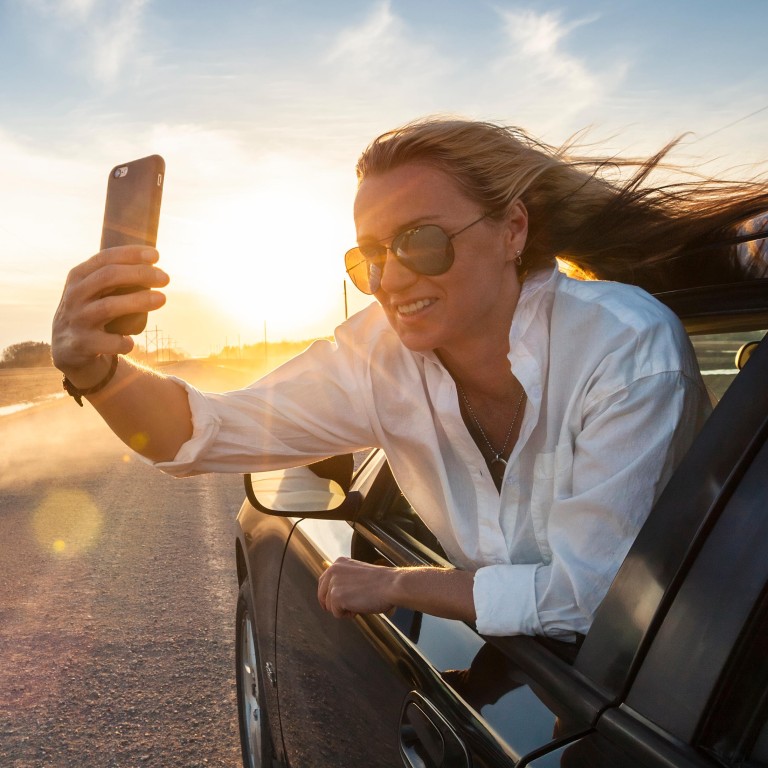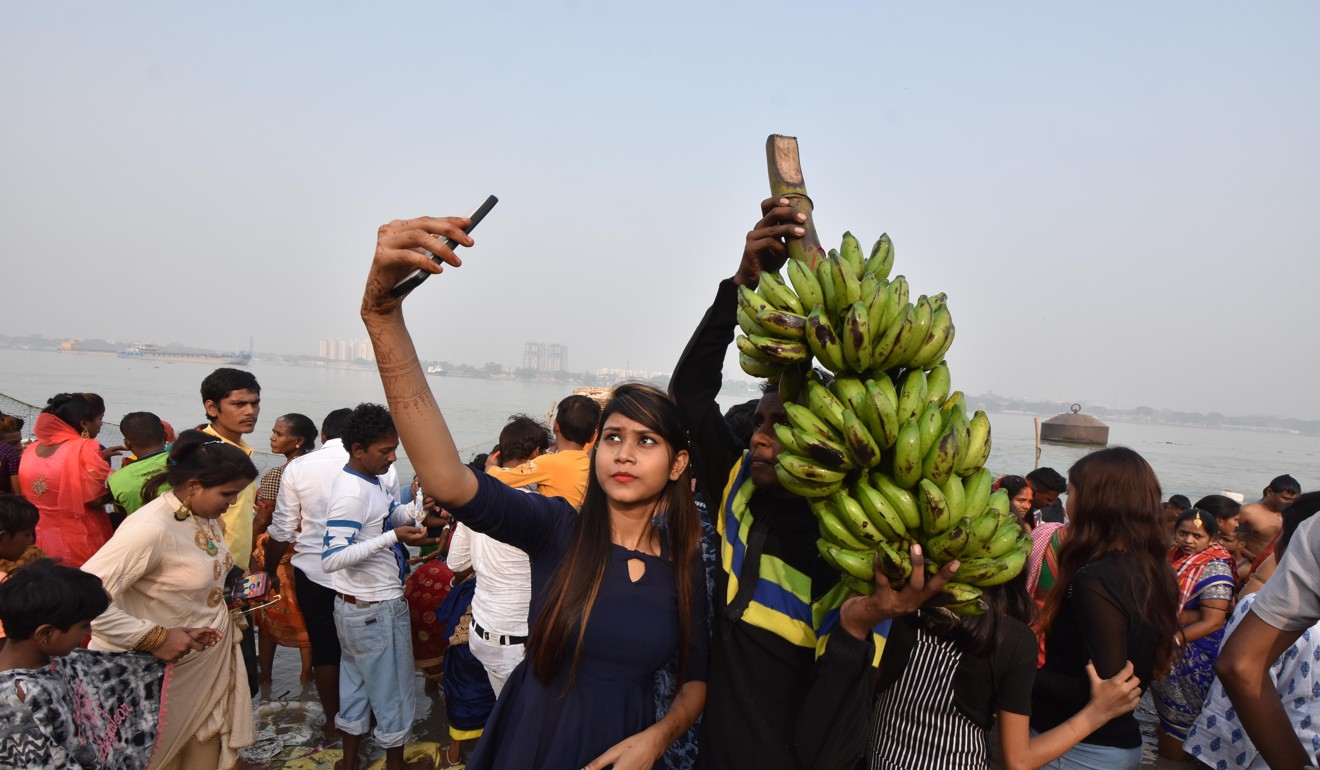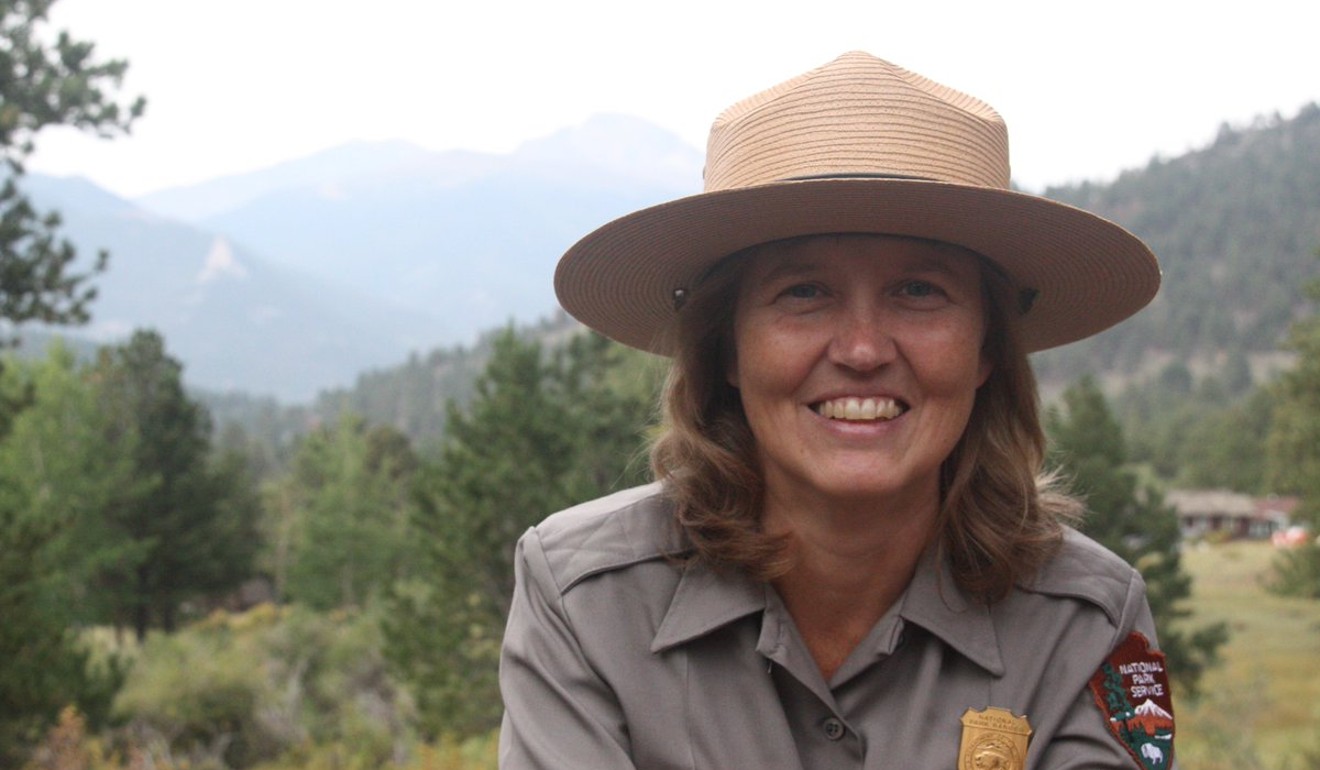
How to stay safe when taking selfies
- More than 250 people died taking selfies between 2011 and 2017 and the US National Park Service has published a guide to safe selfies
- You can avoid a selfie inflicted death by being sensible and following these simple guidelines
Are you taking safe selfies? It might be time to examine your photo clicking habits and put caution first.
Time and again, the smallest misstep, distraction or lapse in judgment has resulted in injury or death. To help raise awareness, the National Park Service has published a guide to safe photos, and Yellowstone National Park has created a pledge that people can take to protect themselves and the park.
One way to practise that pledge, park officials state, is to take safe selfies. “No picture is worth hurting yourself, others, or the park. Be aware of your surroundings whether near wildlife, thermal areas, roads, or steep cliffs,” the website says.
Death by selfie: why are so many people dying so needlessly?
Kathy Kupper, a spokeswoman for the Park Service, says that when people are on holiday, they may not be looking for hazards in the same way they do in their everyday lives. “We always strive to remind visitors that national parks are wild and natural places, and they are amazing, but people really need to prepare adequately and understand the hazards,” she says.
“We want everybody to have a great and memorable holiday and we do not want those memories to include an injury or a trip to the hospital.”
With summer travel season around the bend, keep this checklist in mind for practising safe selfies:

Stay focused on your surroundings
Tripping, slipping and falling, whether into water or from great heights, have all led to selfie deaths. One moment of inattention or distraction could mean the difference between life and death.
“Keep your eyes focused on where you’re going and where your feet are, more so than what’s in the viewfinder of the camera, especially if you’re trying to take a selfie,” Kupper says. “Make sure your feet are planted firmly before you line up the shot, and then do not move once you do that.”

Know the statistics
In 2016, Ponnurangam Kumaraguru, an associate professor with Indraprastha Institute of Information Technology Delhi (IIIT) in India, with researchers at IIIT and Carnegie Mellon University wrote a study called Me, Myself and My Killfie: Characterising and Preventing Selfie Deaths.
Kumaraguru, a computer scientist who is interested in following societal problems and patterns and developing solutions through technology, said he read an article about someone who died while taking a selfie and was intrigued.
He lives in India, which leads the world in “killfies” – deaths tied to selfies. He and his team collected newspaper articles on selfie related fatalities to document and categorise the problem.
Height, water, trains and animals were the leading causes of death in the 127 cases the team studied, while electrocution and weapons also contributed. They also found that the victims were primarily young and male: the majority were 24 or younger, and 75.5 per cent were men.

Do not take selfish risks
In 2016, a man was taking a selfie by the Ganges in India when he slipped and fell in. Six others tried to save him, and all seven died after being swept away. These deaths were included in Kumaraguru’s research, in which 24 of the 127 deaths were classified as group incidents.
“It is not about just me trying to take a selfie and making my life dangerous, but I’m actually putting others also at risk,” Kumaraguru says. Kupper points out that selfie takers should also be respectful of their surroundings for the sake of other visitors.
“When people do things for the sake of getting a picture that might disturb the habitat or the park or the resources or the animals, it hurts those who come behind them that might not have the opportunity to enjoy the same view that they did,” she says.

Stay on the beaten path
Whether you are in a national park or an urban area, stay where visitors are allowed, follow any posted rules and respect barriers. Kupper says that in national parks, visitors will often try to take a short cut or hike beyond the end of a trail.
“Things are laid out purposely for the protection of people visiting, and for the park itself,” Kupper says. When it comes to finding the best view, she points out that designated viewpoints are often crowded for a reason: They truly do offer some of the most stunning lookouts.
“We recommend you pack a little patience and know that the parks are popular destinations, so just queue up or wait for your opportunity to stand in that safe spot and get that memorable photo,” she says.

If you are close enough to a wild animal for a selfie, you are too close
In 2015, five people were gored by bison in Yellowstone National Park in a three-month period. Three of them were taking photos. Kupper says that the Park Service advises people to stay at least 100 yards away from wildlife such as wolves and bears, and a minimum of 25 yards away from other wildlife.
“Whether you’re taking a picture or not, if your movements cause any type of wild animal to change what it’s doing, you’re too close,” she says. Selfie injuries have also happened at zoos when visitors have got too close to animals by climbing over barriers.
Keep both hands on the steering wheel
Kupper says that crashes are the most common cause of fatalities in national parks. Roads can be curvy and crowded, and wildlife could make an appearance at any time. She cautions people not to make the mistake of taking photos – selfies or otherwise – while driving. “Pull to a safe spot and take the picture that way,” she says.
Travel often involves risks. But taking selfies should not be one of them. “No picture, no matter how fantastic, is worth injuring yourself or others,” Kupper says. Remember to be alert and aware at all times when you are on the road. And consider putting that camera away to be in the moment and enjoy the view.

